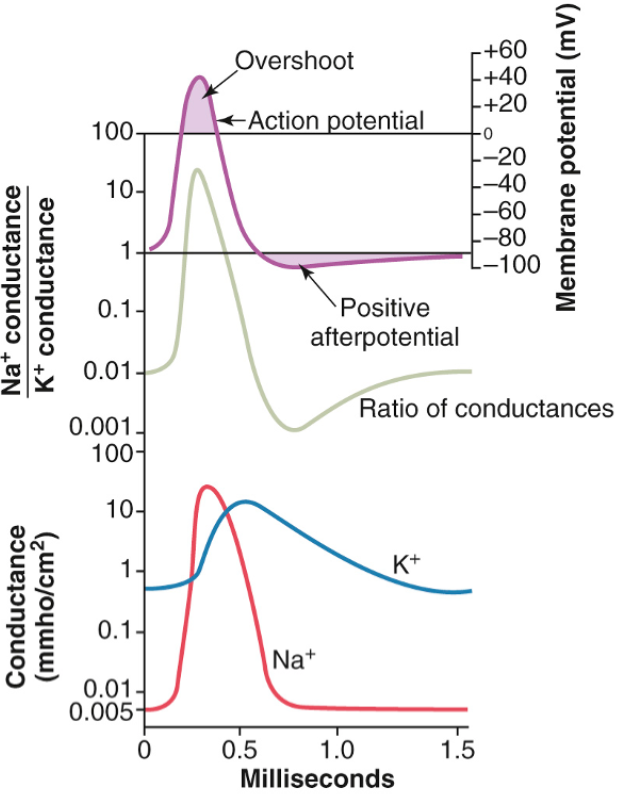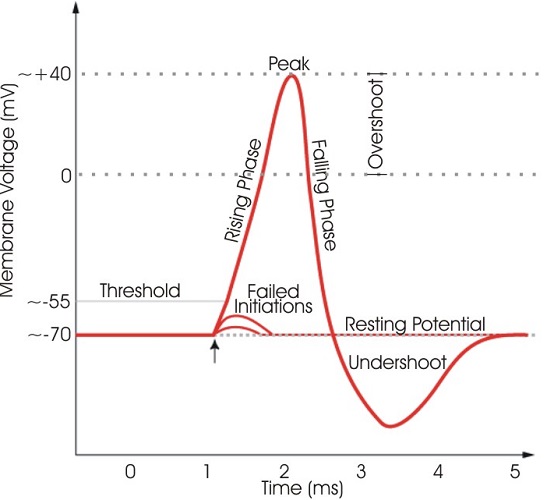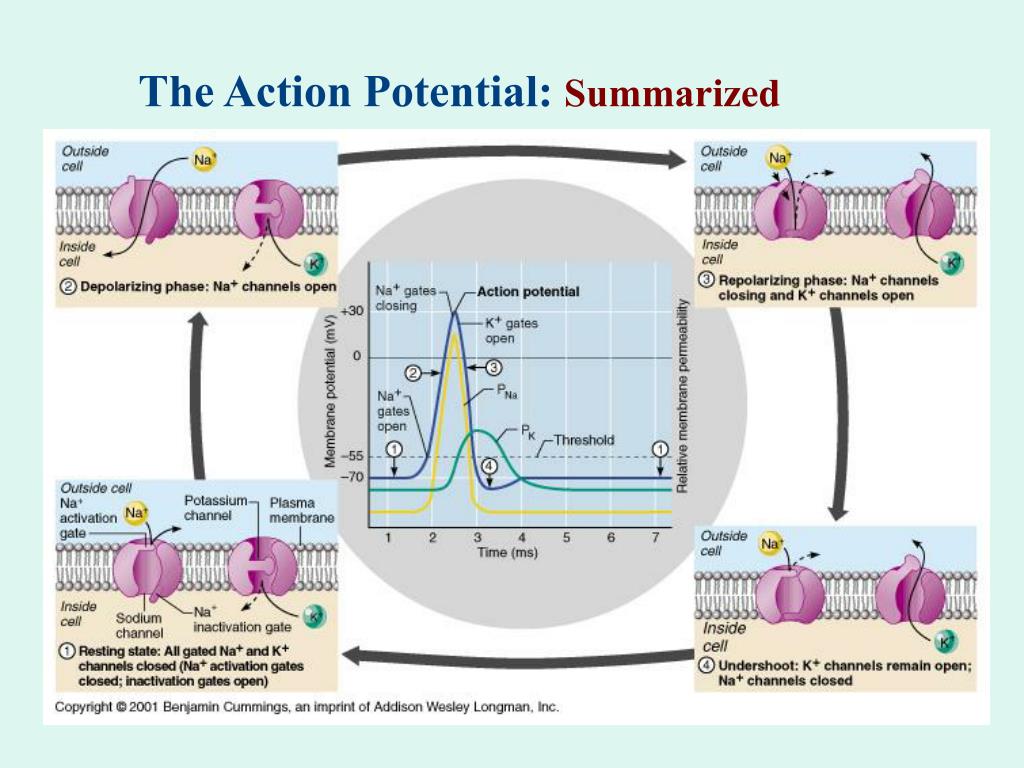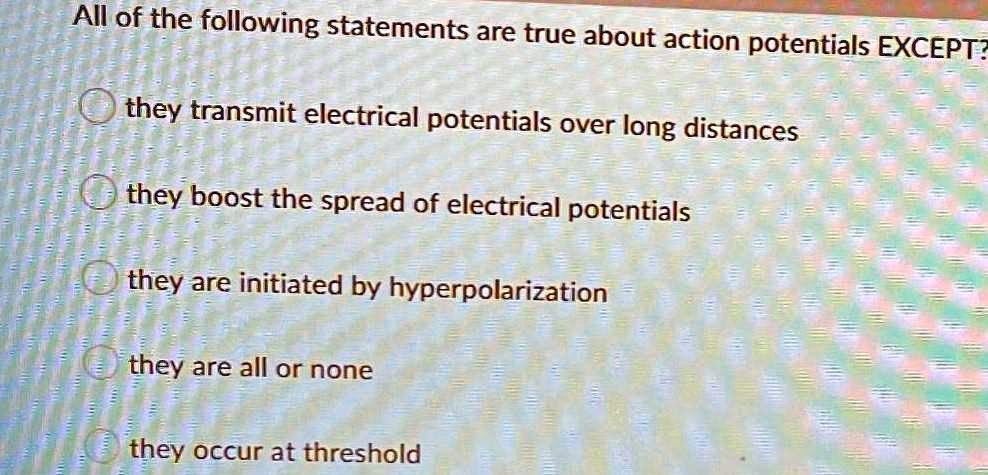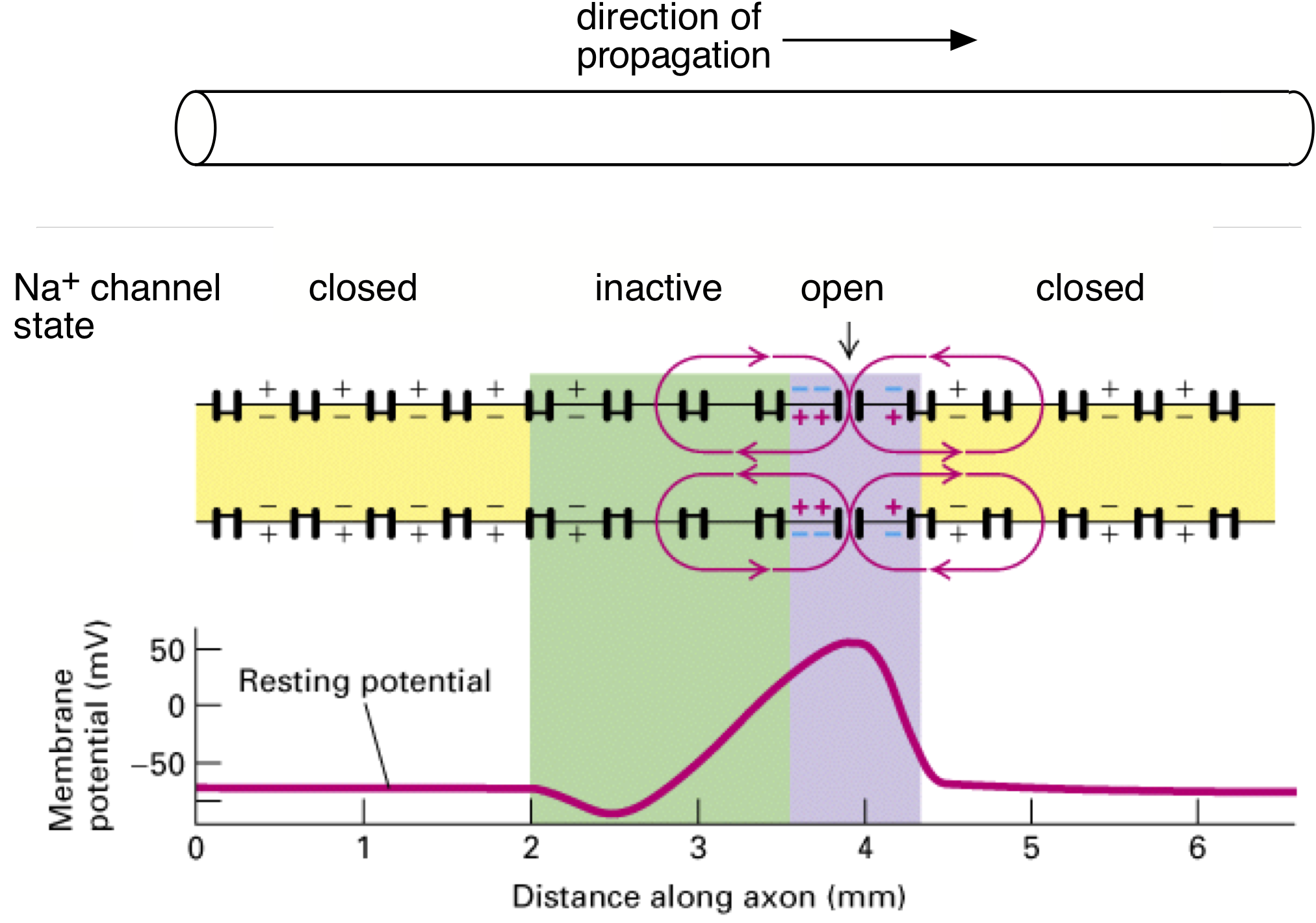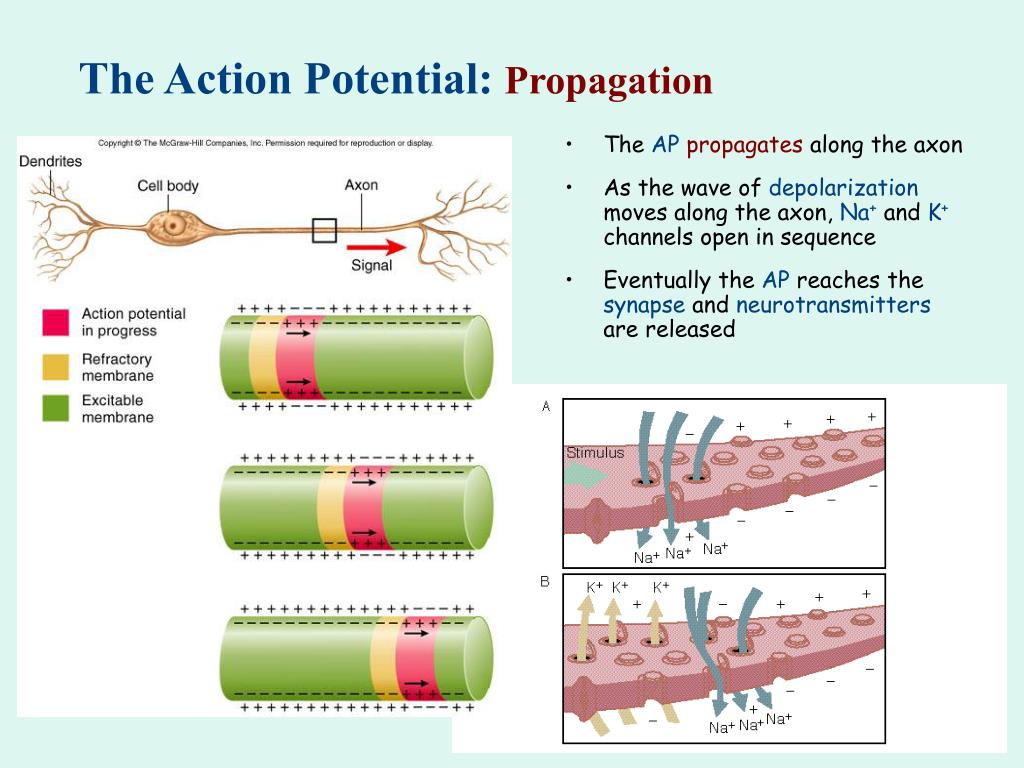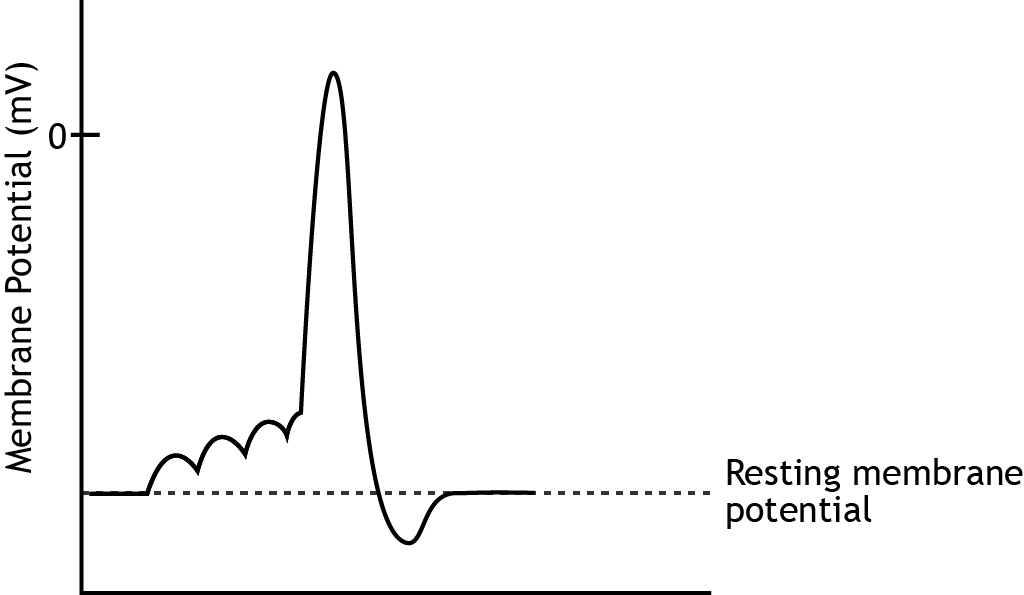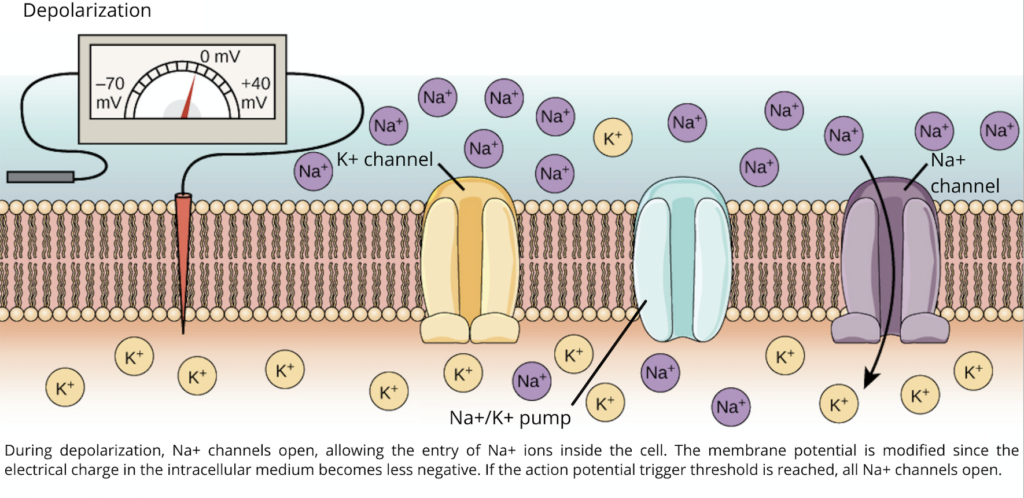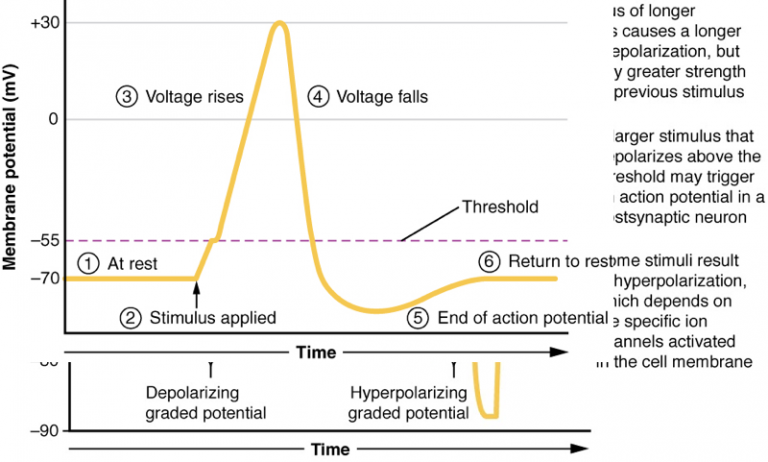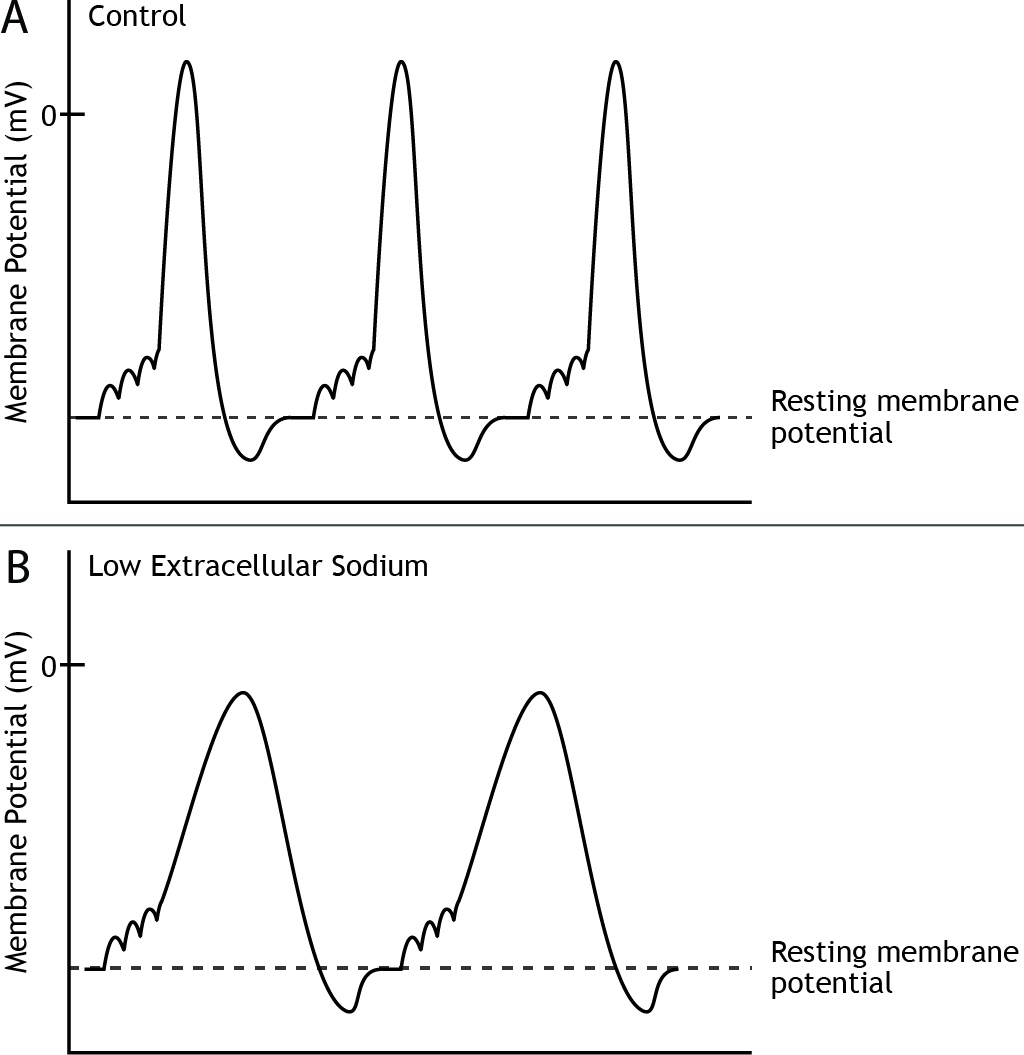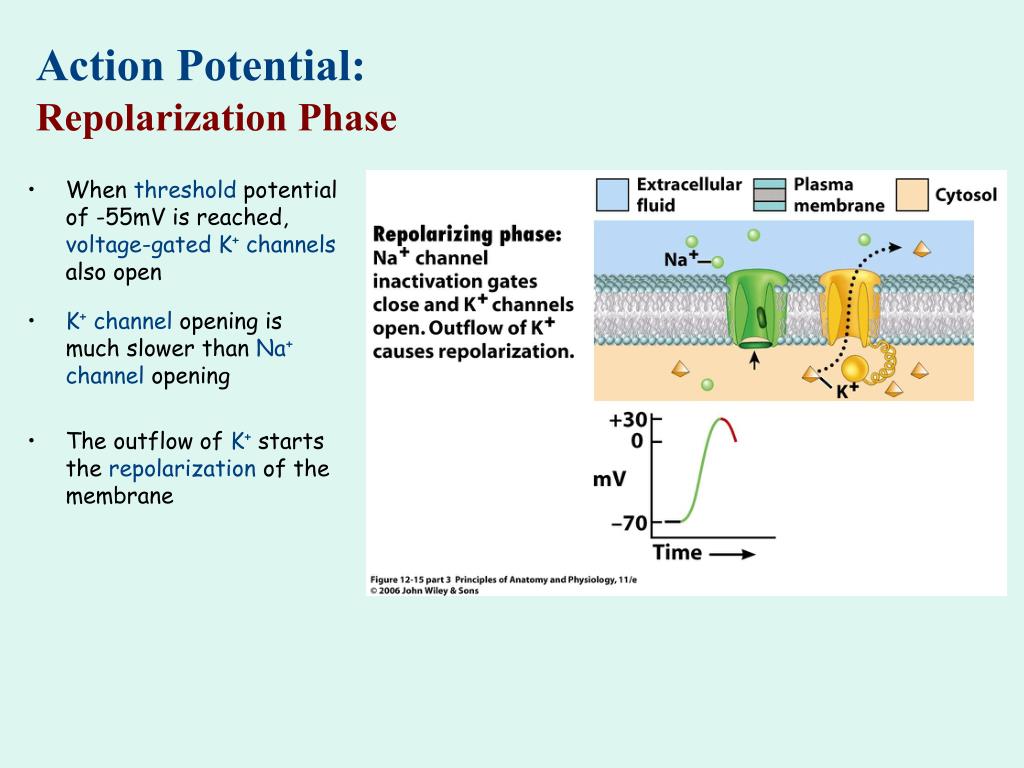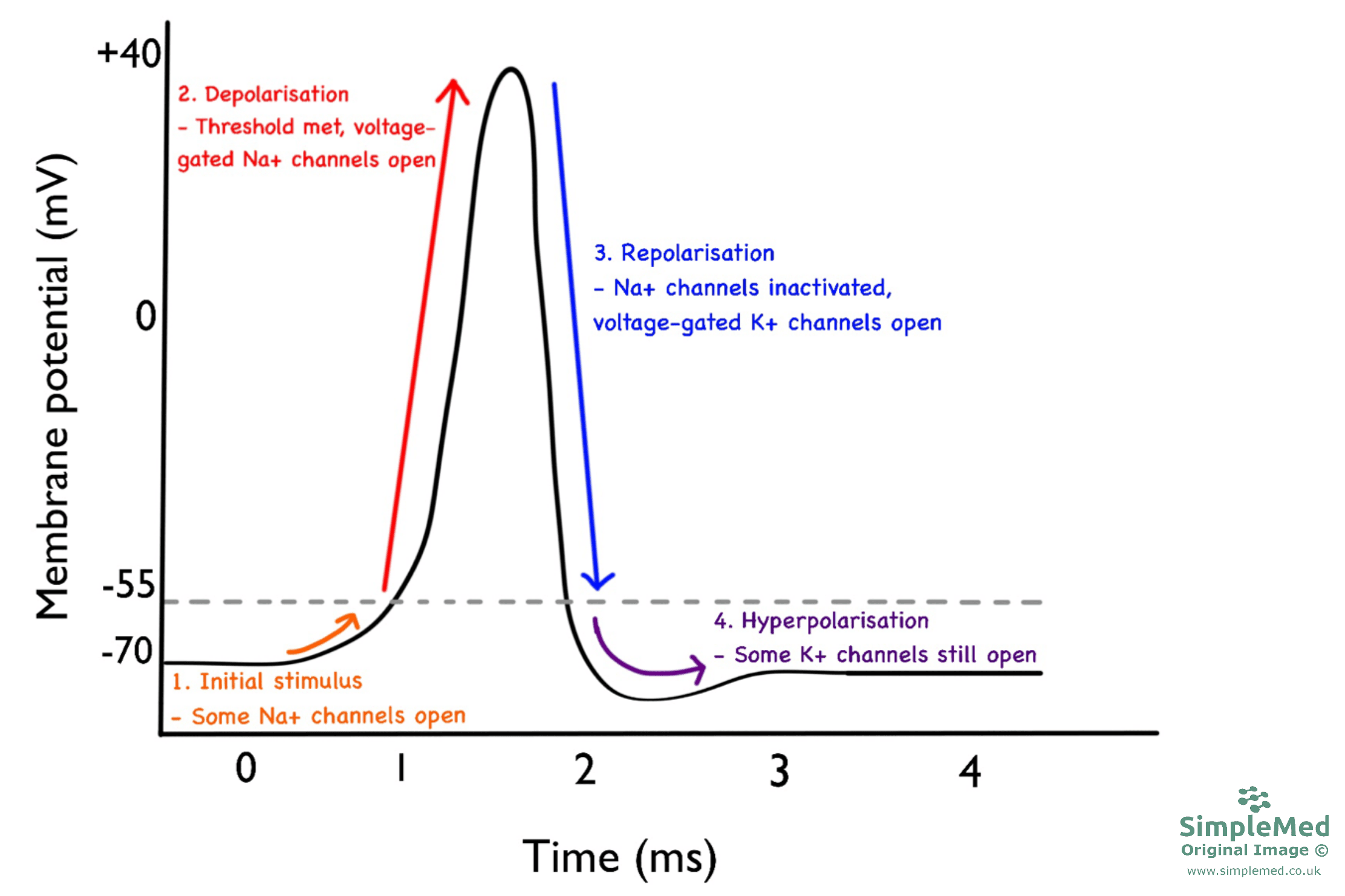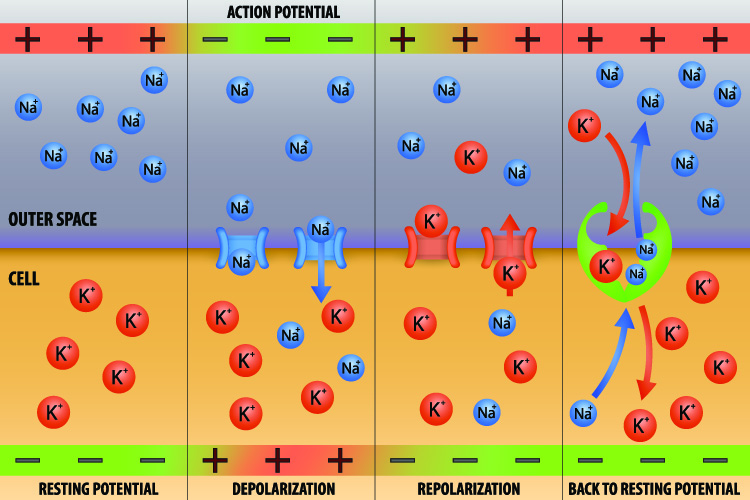Which Of The Following Is True About The Action Potential
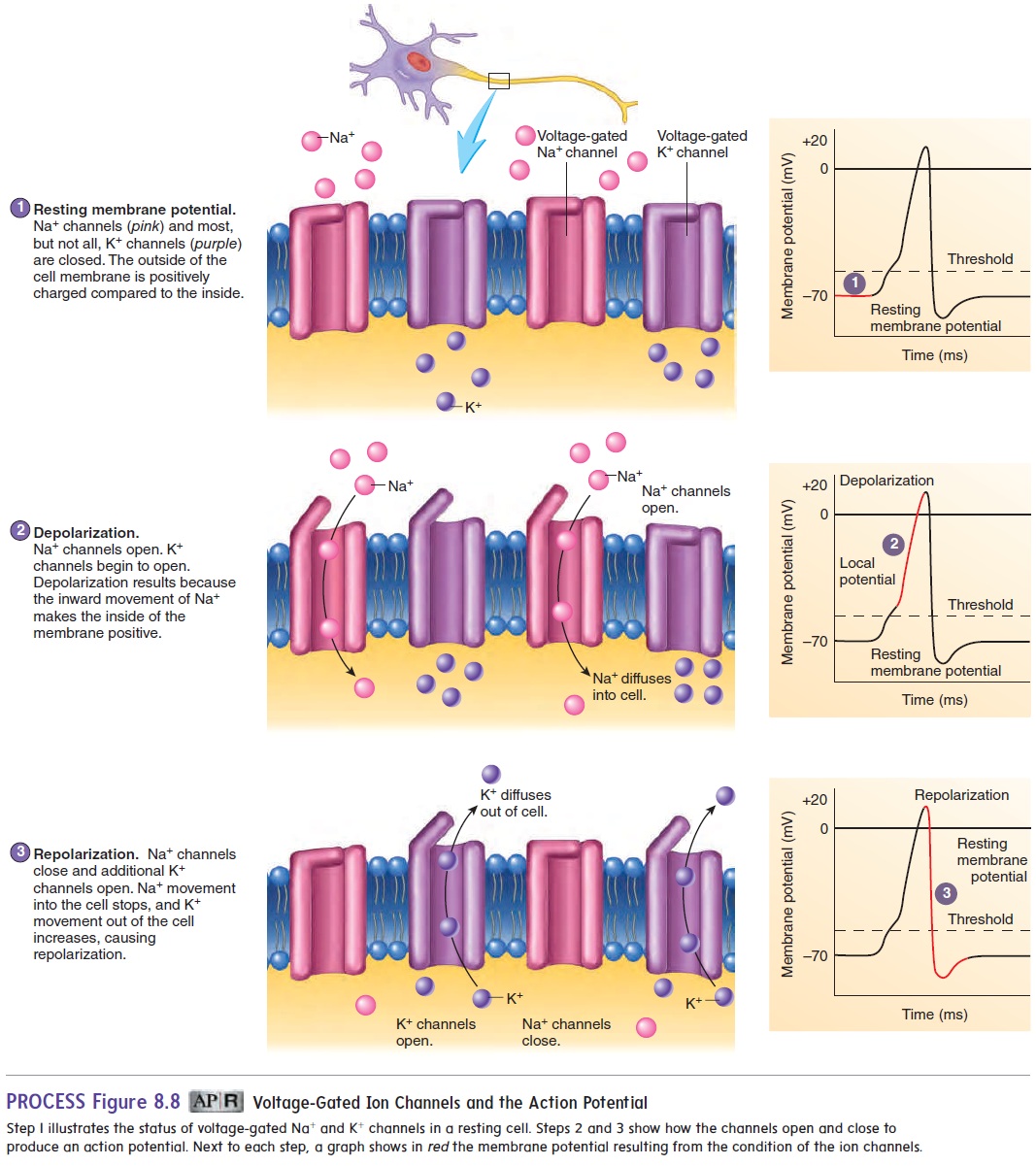
The human body, a marvel of biological engineering, functions through a complex interplay of electrical and chemical signals. At the heart of this communication lies the action potential, a rapid sequence of changes in the electrical potential across a nerve cell membrane. Misunderstanding or misrepresenting the action potential can have significant ramifications for interpreting neurological processes and developing effective medical treatments.
This article aims to clarify key aspects of the action potential, addressing common misconceptions and presenting current scientific understanding. We will explore the mechanisms underlying its generation, propagation, and termination, drawing upon established scientific literature and expert consensus.
Understanding the Action Potential: Key Principles
The action potential is a fundamental process in excitable cells, including neurons and muscle cells. It's essential for transmitting information throughout the nervous system and initiating muscle contraction. Several key principles govern its behavior.
Resting Membrane Potential
Before an action potential can occur, a cell must maintain a resting membrane potential. This is a negative electrical potential across the cell membrane, typically around -70 millivolts in neurons. This potential is maintained by ion channels and pumps that regulate the flow of ions like sodium (Na+) and potassium (K+).
Depolarization
The action potential begins with depolarization, a shift in the membrane potential towards a more positive value. This is usually triggered by a stimulus that opens sodium channels, allowing Na+ ions to rush into the cell. The influx of positive charge causes the membrane potential to become less negative.
Threshold
Depolarization must reach a certain threshold to trigger a full-blown action potential. This threshold is typically around -55 millivolts. If the depolarization is not strong enough to reach the threshold, the action potential will not fire.
Repolarization
Following depolarization, the membrane potential must return to its resting state. This process is called repolarization. Potassium channels open, allowing K+ ions to flow out of the cell, restoring the negative charge inside the membrane.
Hyperpolarization
In some cases, the membrane potential may briefly become more negative than the resting potential. This is called hyperpolarization. This occurs because the potassium channels remain open for a slightly longer period than necessary, allowing too many K+ ions to leave the cell.
All-or-None Principle
The action potential follows the all-or-none principle. This means that once the threshold is reached, the action potential will fire with the same amplitude regardless of the strength of the stimulus. There is no such thing as a "weak" or "strong" action potential; it is either present or absent.
Common Misconceptions and Clarifications
Despite the well-established understanding of the action potential, certain misconceptions persist. Addressing these misconceptions is crucial for accurate scientific understanding.
Misconception 1: Action Potentials are Always the Same
While the amplitude of an individual action potential is generally consistent, the frequency and pattern of action potentials can vary significantly. This is how neurons encode different types of information. For example, a stronger stimulus will typically elicit a higher frequency of action potentials.
Misconception 2: Only Neurons Use Action Potentials
Although most prominently associated with neurons, action potentials are also crucial in other excitable cells. Muscle cells rely on action potentials to trigger muscle contraction. Certain endocrine cells also utilize action potentials to regulate hormone release.
Misconception 3: Action Potential Propagation is Passive
Action potential propagation is not a passive process. It is an active process involving the sequential depolarization and repolarization of adjacent regions of the membrane. In myelinated axons, action potentials "jump" between the Nodes of Ranvier, a process called saltatory conduction, which significantly speeds up propagation.
Misconception 4: The Sodium-Potassium Pump Generates the Action Potential
The sodium-potassium pump is essential for maintaining the resting membrane potential, but it does not directly generate the action potential. The action potential is triggered by the opening and closing of voltage-gated ion channels in response to changes in membrane potential. The pump ensures the correct ion concentration gradients are in place for these channels to function.
The Role of Myelin
Myelin, a fatty substance that surrounds the axons of some neurons, plays a crucial role in action potential propagation. Myelin acts as an insulator, preventing ions from leaking out of the axon. This allows the action potential to travel much faster along the axon.
In demyelinating diseases, such as multiple sclerosis, the myelin sheath is damaged. This can lead to slowed or blocked action potential propagation, resulting in various neurological symptoms.
Future Directions in Action Potential Research
Research on action potentials continues to advance, revealing new insights into the complexities of neuronal communication. Current research focuses on understanding the role of different types of ion channels in shaping action potential properties. Scientists are also investigating how action potentials are modulated by various factors, such as neurotransmitters and hormones.
Understanding the intricacies of action potential generation and propagation is crucial for developing treatments for neurological disorders. Further research will likely lead to new therapies that can restore normal neuronal function in patients suffering from these conditions.
The study of action potentials provides a fundamental understanding of how the nervous system functions. By continuing to explore the complexities of this process, scientists can unlock new ways to prevent and treat neurological diseases. This constant process of refining our understanding is necessary for progress.
